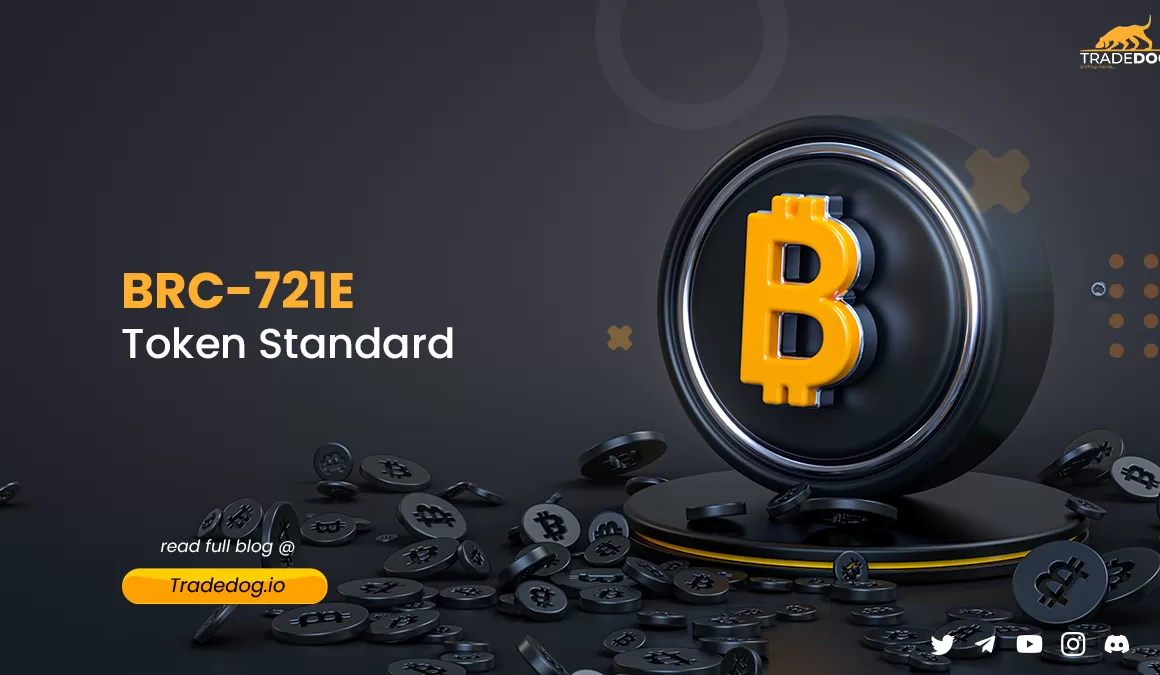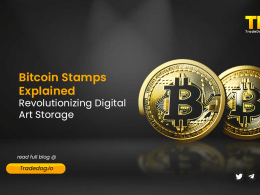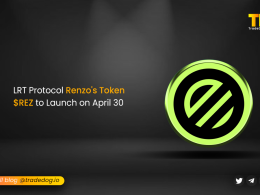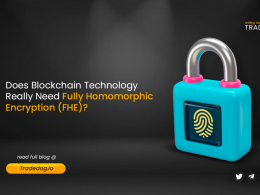Quick Links
The introduction of the BRC-721E token standard by Bitcoin Ordinals and the Bitcoin Miladys NFT collection has been warmly received by the cryptocurrency trading community. This groundbreaking development grants traders a remarkable opportunity to transfer their Ethereum ERC-721 non-fungible tokens (NFTs) to the Bitcoin blockchain through the Ordinals platform, marking a significant advancement in the industry.
Bitcoin Ordinals represent a cutting-edge layer-2 solution that empowers decentralized storage of digital artwork on the Bitcoin blockchain. With the introduction of the BRC-721E standard, Ordinals now enable users to seamlessly transfer their Ethereum-based ERC-721 non-fungible tokens (NFTs) onto the Bitcoin blockchain.
However, the proliferation of NFTs on the Bitcoin network has been rapidly increasing. Data from Dune Analytics reveals that users have minted over 10 million ordinals on the network, resulting in a substantial rise of fees generated, surpassing $44 million. This represents a remarkable 200% surge since the first week of May.
What is BRC-721E Token Standard?
The BRC-721E standard offers the capability to burn ERC-721 NFTs on Ethereum and reconstruct them on the Bitcoin network while maintaining their inherent characteristics. This represents a significant stride towards connecting NFTs from various chains to the Bitcoin ecosystem.

Simultaneously, a dedicated token bridge protocol called “Bridge any NFT to Ordinals” has been introduced to facilitate this process. Through this protocol, Ethereum NFT holders gain the ability to burn their tokens and record this information in Satoshi, the smallest unit on the Bitcoin network. Once this inscription is completed, each token will automatically appear on the collection page of the BTC NFT marketplace known as “Ordinal Market”.
How to Migrate Ethereum NFTs to Bitcoin?
With the BRC-721E token standard, users now have the ability to convert their Ethereum-based ERC-721 NFTs into Bitcoin Ordinals through a bridge connecting the two networks.
The conversion process entails sending ERC-721 NFTs to a designated burn address, which triggers an on-chain inscription request. The token standard then encodes the metadata onto a burn transaction, effectively assigning a Bitcoin address to receive the inscription. Importantly, the BRC-721E protocol does not store the metadata directly on the Bitcoin blockchain. Instead, it references the original Ethereum NFT using the burn transaction and an indexer, thereby establishing a connection between the two networks.
Moreover, due to the limitation of inscriptions to 100 bytes while high-quality images can be up to 10,000 times larger, this mechanism drastically reduces the costs associated with inscribing images. Consequently, it enables the inclusion of extensive and dynamic metadata on the Bitcoin blockchain without consuming excessive block space.
Undoubtedly, the BRC-721E standard represents a remarkable milestone for the NFT ecosystem. It empowers assets to seamlessly move between Ethereum and Bitcoin while preserving their distinct attributes and historical records of ownership.
Closing Thoughts: Why BRC-721E Matters?
BRC-721E has the potential to provide Bitcoin with a competitive advantage over Ethereum and potentially disrupt its dominance. However, the implementation of this new standard might pose scalability challenges for the network, considering Bitcoin’s recent difficulties with BRC-20 memecoins and Ordinals.
Since its introduction in January 2023, Bitcoin Ordinals has garnered significant attention from the global crypto community. The subsequent launch of the BRC-20 token standard in March 2023 further emphasized the development of a well-deisgned fungible token standard tailored specifically for the Bitcoin blockchain.
The integration of BRC-20 with Ordinals has opened up new opportunities for token creation on the Bitcoin blockchain, resulting in the emergence of numerous popular BRC-20 tokens within the vibrant crypto community. The revolutionary BRC-721E standard signifies a major advancement in blockchain-based art trading, establishing a robust bridge between Bitcoin and Ethereum.









